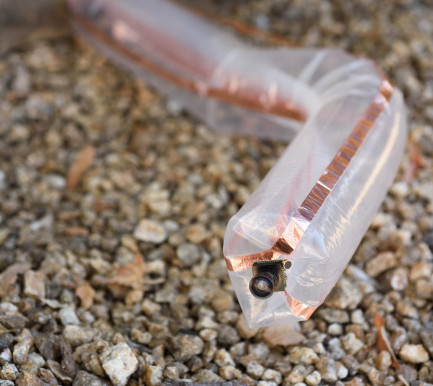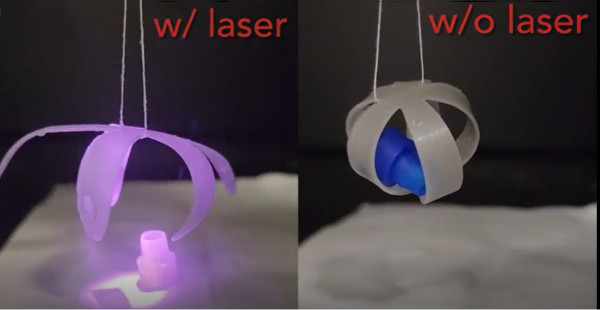The 2008 Pixar classic, WALL-E, is a heartwarming animated film that follows a lonely but resilient robot embarking on a space adventure to restore humanity's connection with Earth and find love. On the inside he’s a bit of a softie. But, being made of metal, his outsides are literally, very hard. Most robots are metal like WALL-E, making them incredibly strong. Their actions are precise and repeatable. But a small sub-section of the robot population isn't like this. Welcome reader, to the world of soft robotics.
Soft robots, as the name implies, are made up of soft components that make them more flexible and elastic than their rigid-bodied cousins. The advantages of soft robots compared to their rigid-bodied counterparts, are that they have wider ranges of motion, interact with surroundings safer, and can better manage changing environments.
The development of many soft robots has been inspired by plants and animals. The vine-inspired ‘vinebot’, created by researchers at Stanford University, is a hollow plastic tube that when pumped with air from its rear, extends from its front. Their flexible nature allows them to navigate narrow passageways easily without being damaged. A vinebot was successfully used to travel through small tunnels found at an archaeological dig site in Peru. It is even expected in the future to navigate collapsed buildings for search and rescue missions.

Photograph: L.A. Cicero via Stanford University
One weakness of vinebots and other soft robots is that they aren’t very good at handling and manipulating objects. But that may change with recent advancements in 4D printing done by researchers at the University of Queensland (UQ). 4D printing is an extension of 3D printing, where structures are created that change shape from a stimulus such as water, heat, acid, electricity, or magnets. Researchers at the Australian Institute for Bioengineering and Nanotechnology (AIBN) led by Dr Liwen Zhang and Dr Ruirui Qiao have added liquid metal nanoparticles to 3D printing resin to create unique 4D printed structures. The structures, when stimulated by lasers, can grasp, lift, and release objects five times their weight. These claw-like structures would suit soft robots well as they’re light, small, and adaptable.

Image: University of Queensland
Shape-shifting robots with lasers may wipe out the human race in the future. But the shape-shifting soft robots of today will only advance the human race. As a bonus, soft robots tend to be pretty cute just like our friend WALL-E.
References:
Yasa, O., Toshimitsu, Y., Michelis, M. Y., Jones, L. S., Filippi, M., Buchner, T., & Katzschmann, R. K. (2023). An Overview of Soft Robotics. Annual Review of Control, Robotics, and Autonomous Systems, 6, 1-29.
Druce, A. (2024, January 10). Laser-controlled Liquid Metals Herald New Era for soft robotics. Australian Institute for Bioengineering and Nanotechnology - University of Queensland. https://aibn.uq.edu.au/article/2024/01/laser-controlled-liquid-metals-herald-new-era-soft-robotics
Coad, M. M., Blumenschein, L. H., Cutler, S., Zepeda, J. A. R., Naclerio, N. D., El-Hussieny, H., Mehmood, U., Ryu, J.-H., Hawkes, E. W., & Okamura, A. M. (2019). Vine Robots. IEEE Robotics & Automation Magazine, 27(3), 120-132.